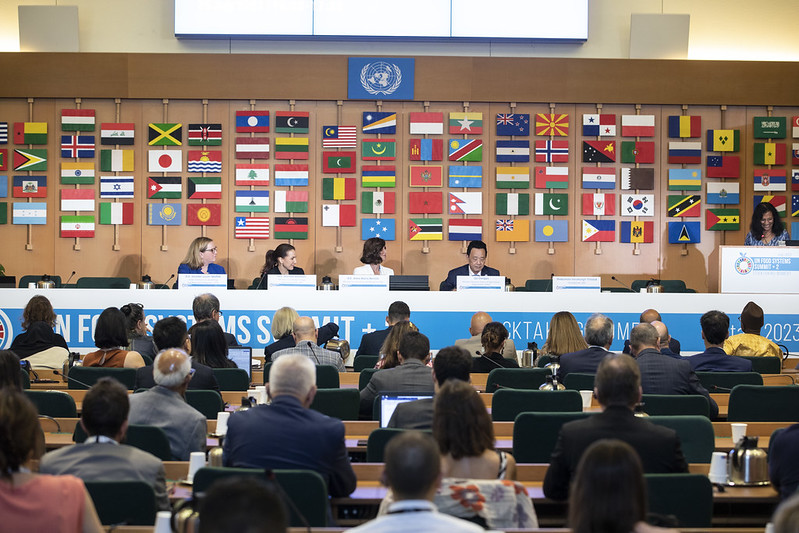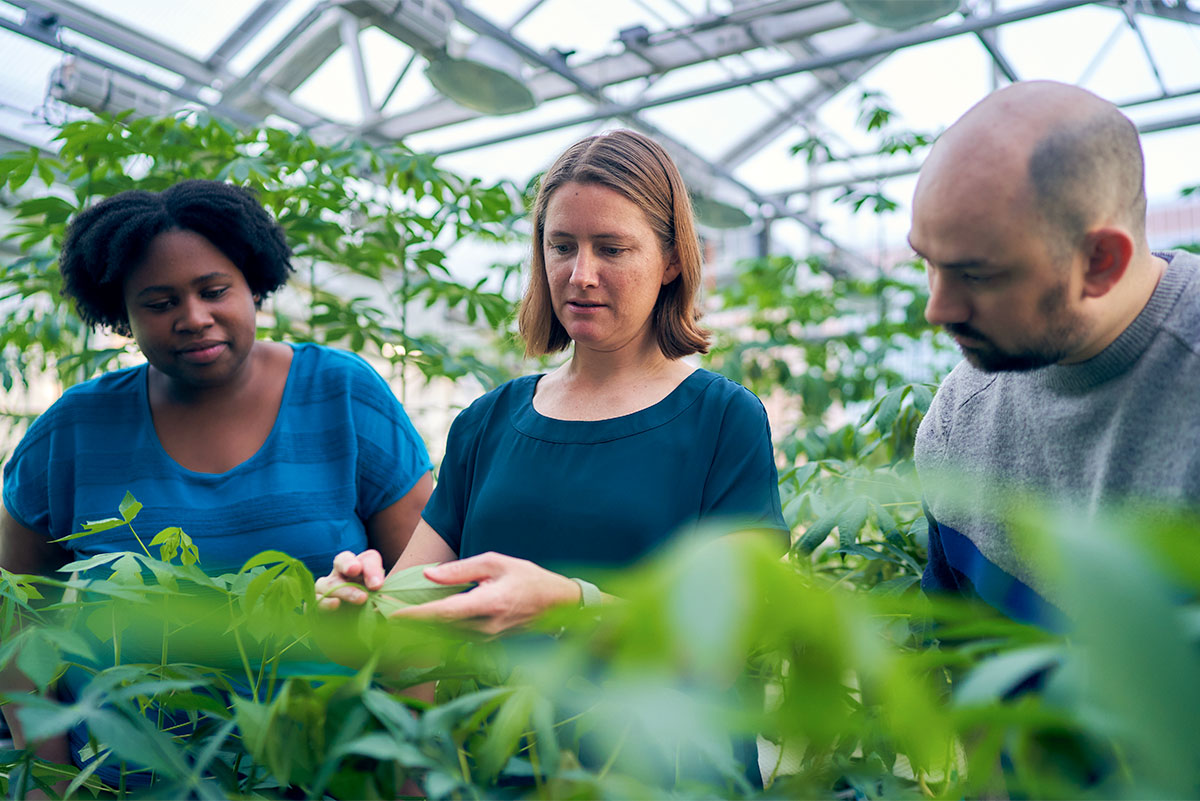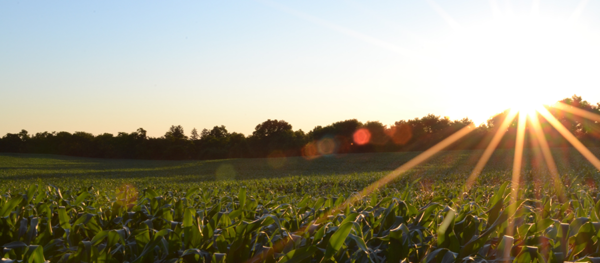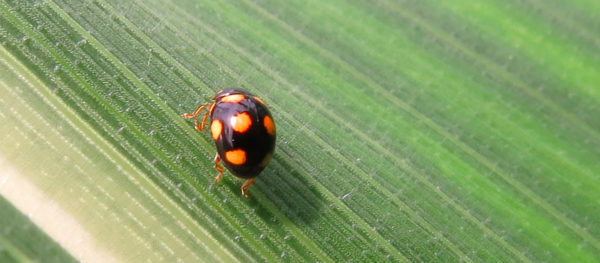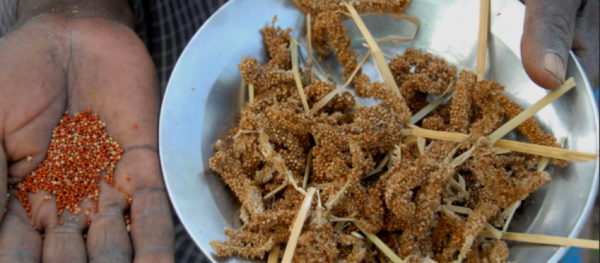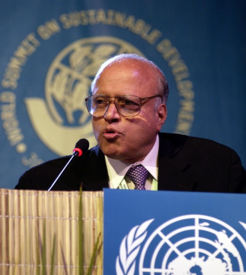Tag: Science

Science, Technology and Innovation Approaches Paving the Way Forward for Food Systems Transformation
Global: UN Food Systems Summit +2 Stocktaking Moment recognised the importance of science, technology and innovation approaches as evidence-based guides to shape national and sub-national food systems transformation.
Read MoreFrom ‘Gateway to the West’, St. Louis Blazes New Trail as Major Agtech Hub
Northern America: Known originally as the “Gateway to the West”, St. Louis is now increasingly recognized for the flow of scientific advancement that is transforming its role into that of a major agricultural technology capital.
Read MoreTechnology and Talent Are Key to China’s Agricultural Modernisation Drive
Asia: Technology and talent has the potential to intensify agricultural production in China.
Read MoreHow Science is Helping Farmers Stop the Relentless March of Pests
Northern America: Technology and science can help to meet one of the greatest threats to a farmer’s crops – pests and disease.
Read MoreAgroecology in Action: Harnessing the Power of Orphan Crops
Africa & Middle East: Any approach to boost productivity and food security must fit Africa’s myriad, small and distinct ecosystems.
Read MoreVideo: Beyond Borlaug – New Priorities for Agriculture
Global: Farming First interviews the first winner of the World Food Prize on how research priorities have changed since Dr. Borlaug's day.
Read More